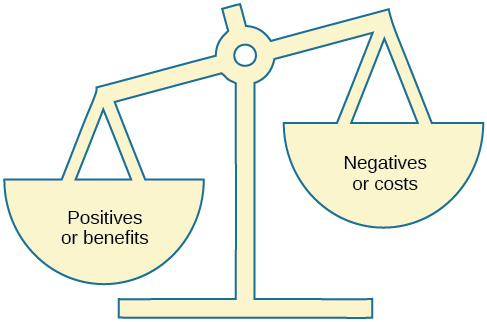| << Chapter < Page | Chapter >> Page > |
Sternberg (1986) states that a healthy relationship will have all three components of love—intimacy, passion, and commitment—which is described as consummate love ( [link] ). However, different aspects of love might be more prevalent at different life stages. Other forms of love include liking, which is defined as having intimacy but no passion or commitment. Infatuation is the presence of passion without intimacy or commitment. Empty love is having commitment without intimacy or passion. Companionate love , which is characteristic of close friendships and family relationships, consists of intimacy and commitment but no passion. Romantic love is defined by having passion and intimacy, but no commitment. Finally, fatuous love is defined by having passion and commitment, but no intimacy, such as a long term sexual love affair. Can you describe other examples of relationships that fit these different types of love?

We have discussed why we form relationships, what attracts us to others, and different types of love. But what determines whether we are satisfied with and stay in a relationship? One theory that provides an explanation is social exchange theory. According to social exchange theory , we act as naïve economists in keeping a tally of the ratio of costs and benefits of forming and maintaining a relationship with others ( [link] ) (Rusbult&Van Lange, 2003).

People are motivated to maximize the benefits of social exchanges, or relationships, and minimize the costs. People prefer to have more benefits than costs, or to have nearly equal costs and benefits, but most people are dissatisfied if their social exchanges create more costs than benefits. Let’s discuss an example. If you have ever decided to commit to a romantic relationship, you probably considered the advantages and disadvantages of your decision. What are the benefits of being in a committed romantic relationship? You may have considered having companionship, intimacy, and passion, but also being comfortable with a person you know well. What are the costs of being in a committed romantic relationship? You may think that over time boredom from being with only one person may set in; moreover, it may be expensive to share activities such as attending movies and going to dinner. However, the benefits of dating your romantic partner presumably outweigh the costs, or you wouldn’t continue the relationship.
Altruism is a pure form of helping others out of empathy, which can be contrasted with egoistic motivations for helping. Forming relationships with others is a necessity for social beings. We typically form relationships with people who are close to us in proximity and people with whom we share similarities. We expect reciprocity and self-disclosure in our relationships. We also want to form relationships with people who are physically attractive, though standards for attractiveness vary by culture and gender. There are many types of love that are determined by various combinations of intimacy, passion, and commitment; consummate love, which is the ideal form of love, contains all three components. When determining satisfaction and whether to maintain a relationship, individuals often use a social exchange approach and weigh the costs and benefits of forming and maintaining a relationship.
Think about your recent friendships and romantic relationship(s). What factors do you think influenced the development of these relationships? What attracted you to becoming friends or romantic partners?
Have you ever used a social exchange theory approach to determine how satisfied you were in a relationship, either a friendship or romantic relationship? Have you ever had the costs outweigh the benefits of a relationship? If so, how did you address this imbalance?

Notification Switch
Would you like to follow the 'Psychology' conversation and receive update notifications?